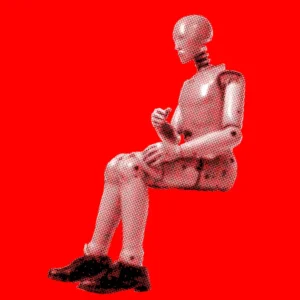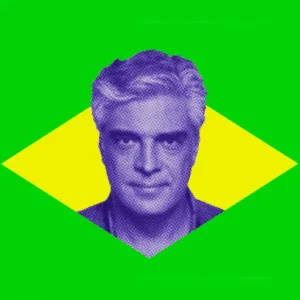How to spot a great creative director
First job? You need to work for a great creative director. A jungle guide. Someone to machete away the vines and point you along the right path. Your first creative director has an outsized impact on the rest of your career. He or she will be the greatest influence on the first real work that makes it into your portfolio. Setting the foundation for the next step up in your career.
So how can you tell if you are working for a great creative director or not? Read on.
Table of Contents
How to spot a great creative director before the interview.
You never know for sure until you work closely with them. But there are clues.
Clue One. They had a great portfolio before becoming a creative director
You want to know that your creative director understands the difference between good and great. Making great work is the best way to learn. The truth is, not all creative directors were great creatives. There are a multitude of reasons a person might get promoted beside talent. Perhaps an important client took a liking to them. Or agency management wanted a pliable creative director. There are dozens of reasons.
Not every great creative will make a great creative director. But it’s rare to find a great creative director that wasn’t once a great creative.
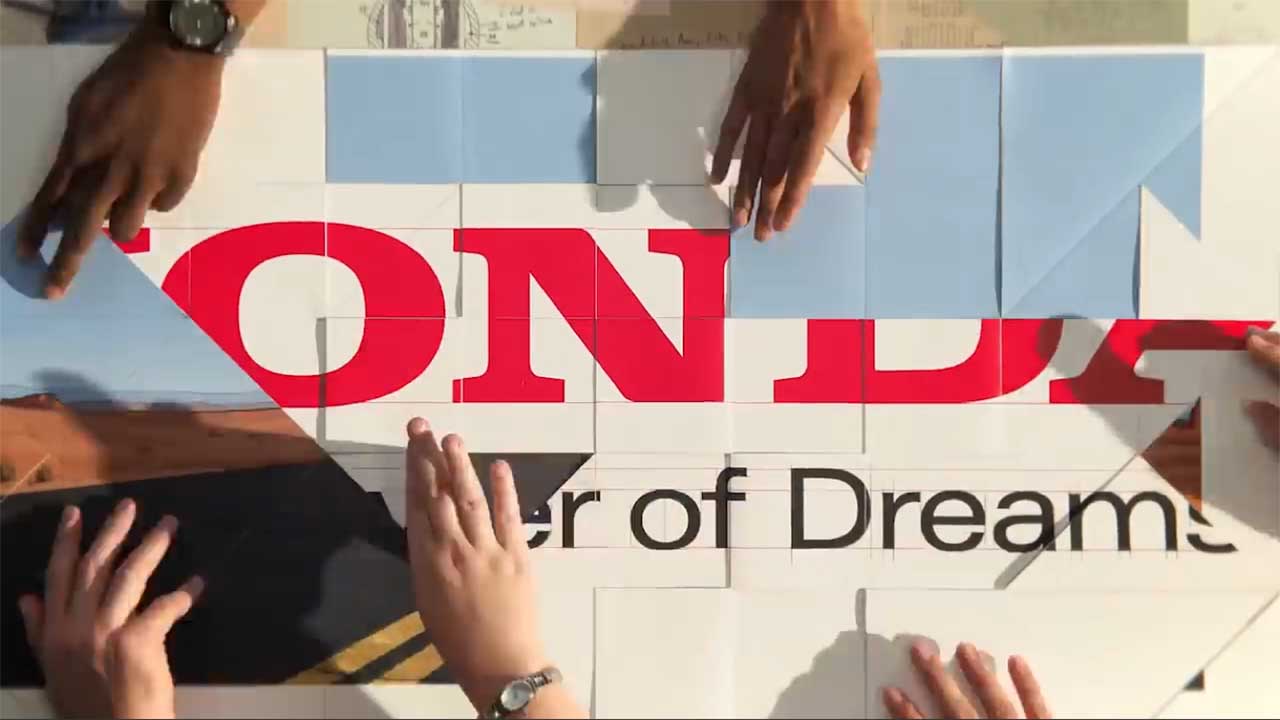
Clue Two. Creative staff are loyal.
You should be able to find the LinkedIn profiles or personal websites of other creatives in the agency. Take a look to see how long staff members have stayed with them. Also, look to see if previous staff members have made a step up in their careers after working for them. Did they move into better jobs? Did any of them move into Creative Director positions themselves afterward?
Clue Three. They give talks and write articles.
If you ever become a Creative Director, you’ll discover it’s not just about the work. Agency management love to have Creative Directors on their team that are visible in the industry. Writing for industry publications, giving interviews and participating in seminars. At first glance you might think that seeking the spotlight is rather vain. And perhaps it is a little bit. But a thoughtful, well-regarded Creative Director is a great asset for an agency. They attract new business. They attract talent.
And you bet they’re unsurpassed in a boardroom when it comes to selling your ideas.
Clue Four. They attract great suppliers. And convince their client to pay for them.
Great directors, photographers and other suppliers can afford to be picky. Even if the idea and opportunity is amazing, if they aren’t sure about the people they are working with there’s a good chance they’ll pass. Look at the work coming out of the agency and get a gauge on what level of supplier they are able to attract.
Even if the best suppliers want to work with the agency, they are always substantially more expensive than the alternatives. It can be a tough sell to a client. Even when the Creative Director has the client’s trust. But great creative directors find a way.
When it comes to getting their ideas produced, a great creative director is a ringmaster. They are able to keep everyone’s rapt attention while marshalling everything behind the scenes to come together perfectly.
Great people attract great people. Creative directors are no exception.
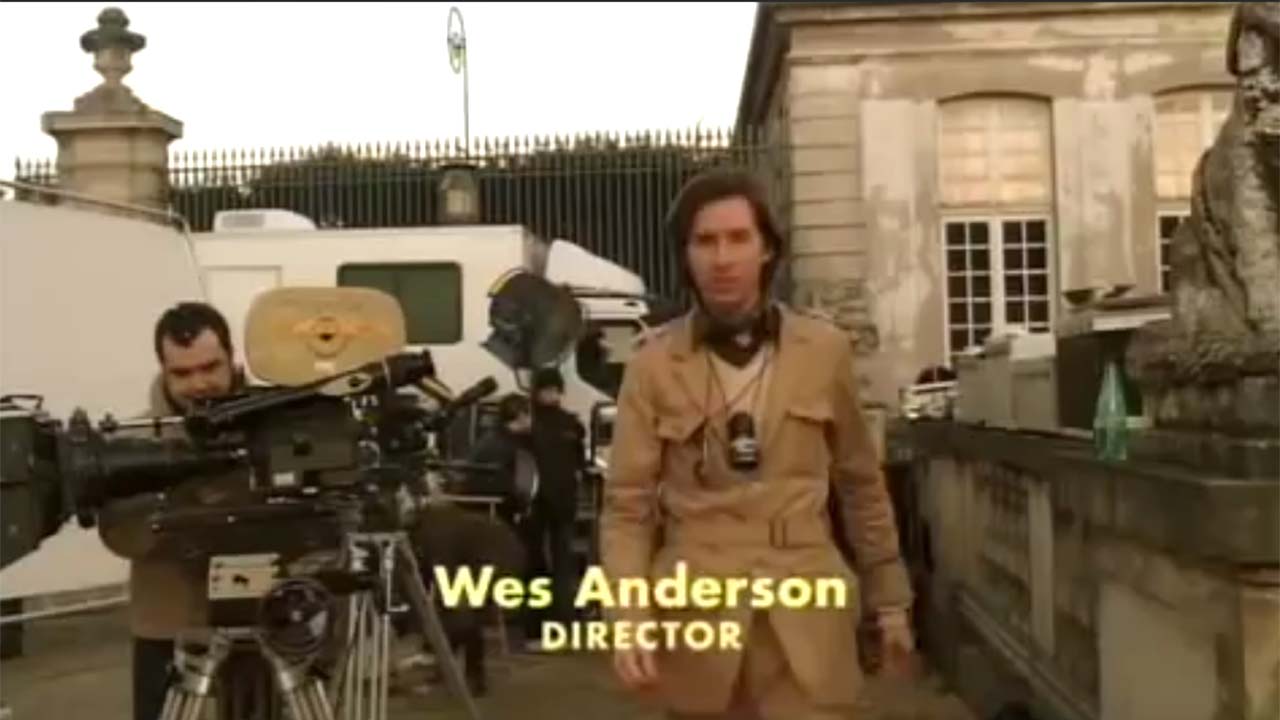
Clue Five. They take risks.
Every agency in the world say that they are innovators. That they have the secret sauce to cut through and maximise their client’s budget. Few actually do it. Even if their risks didn’t pay off and the end result isn’t that great. You have to give them credit for the degree of difficulty. And you know they would have learned from the experience too. That’s the kind of creative department that you will learn a lot from.
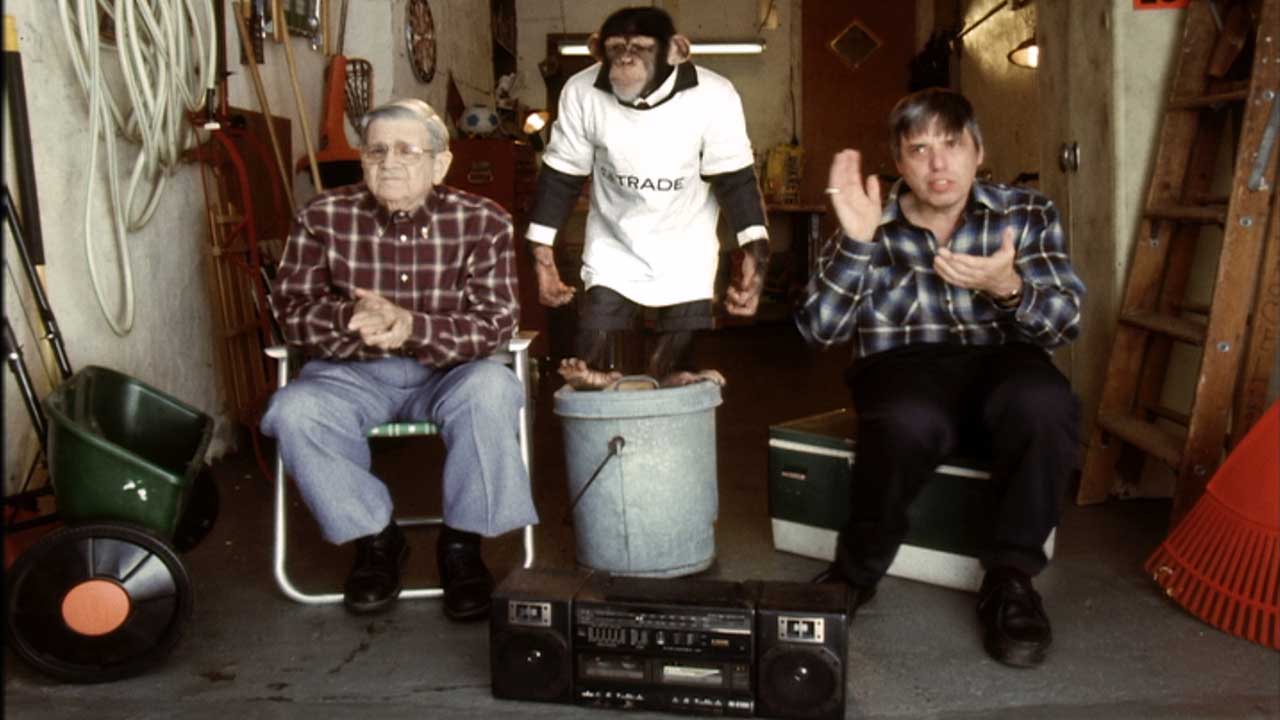
How to spot a great creative director during an interview.
Clue Six. They quickly put you at ease.
Great creative directors are connectors. They are nurturers, coaches and persuaders. It’s hard to do that without great interpersonal skills.
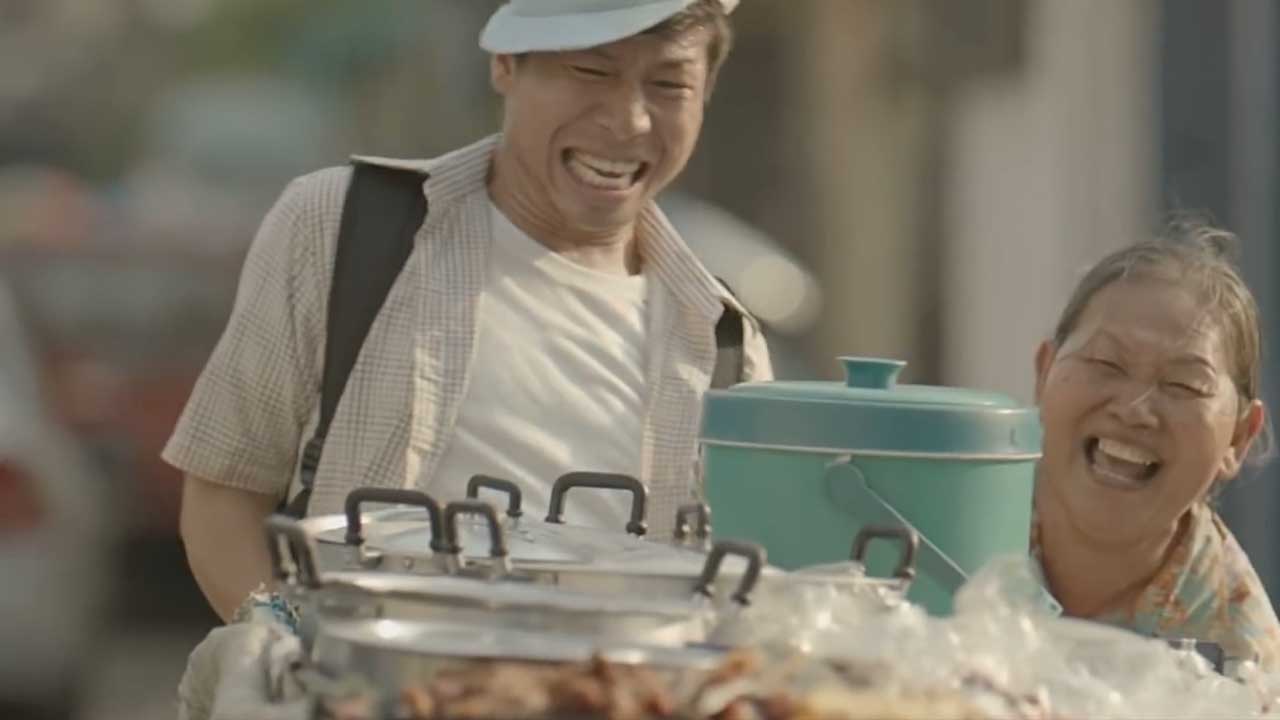
Clue Seven. They ask insightful questions. And they make smart comments.
This isn’t a hard rule, as creative directors each have their own style. But I like creative directors that flicks through a portfolio with the curiosity to ask probing questions and the willingness to throw ideas around. I worry about creative directors that sit back and expect to be impressed. A great creative director is insatiably curious. Not only about your work. But about you as well.
Clue Eight. The creative department has a great energy.
Advertising is a people business. Work environment is key. A great creative director creates a work culture that encourages stress-free creative energy amongst the department. A good creative director will also create an environment in which their employees know that they can come to them for whatever they may need. If the creative director seems detached from the creative department, caring only that the job gets done, that’s a red flag.
When David Droga was appointed Creative Director at Saatchi London (many years ago), he famously banned account people from coming into the creative department unannounced. He understood that creative people need space to think. One unwelcome interruption can fatally break the flow.
In the immediate years following his appointment, Saatchi had some of the best years they’d ever had. With pretty much the same creative staff as before.
How to spot a great creative director once you've taken the job.
Clue Nine. They know how to make a decision.
A dithering creative director is an insecure creative director. It’s a creative director’s job to make the decision, and unite the agency to get behind it. This doesn’t mean that a creative decision shouldn’t be carefully considered. Because they must be. It wouldn’t be unusual for a creative director to think about it overnight. Or to bring account people in to the room to talk through the business implications of the different options.
Once their decision has been made, a great creative director will convincingly articulate exactly why they made that particular call. They will clearly lay out the path forward, and make sure that the creatives on the wrong side of the decision are ok with it, and motivated to go back to their desks to do their best to win the next one.
Clue Ten. They still have their creative powers.
Creative Direction is a management position. Very often, a creative director will become so overwhelmed with the client’s strategic goals, forward planning and competitive environment that they will begin to lose that which made them great in the first place. Idea generation is a skill that diminishes if it isn’t being used.
A creative director that sometimes gets their hands dirty – and actually has great ideas – is a treasure. It forces you to lift your game day by day. The exception, of course, is if they have the ego that drives them to take the best projects for themselves.
Clue Eleven. They hire well.
The best creative departments I’ve ever worked in have had a balance of personalities. Some jokers, some quiet diligent types, a couple of activists and even a conservative or two thrown in. The worst have been where the creative director hires people similar to themselves.
Great Creative Directors appreciate the members of their team as individuals. They are inspired by different styles of thinking.
Every time a new hire is made in the creative department, they should bring something new to the department. It goes deeper than surface attributes such as skin colour or political affiliation. Empathy for different opinions and views is absolutely imperative in this industry. A great creative director will nurture that.
Clue Twelve. Great Creative Directors pick their battles wisely.
Advertising is nothing without clients. And there is never anything in any service contract signed between a client and the agency that specifies that a client must be ‘brave’. You are motivated to create the best work you can to improve your portfolio and advance your career. But the client’s motivations are very different.
A great creative director has the knack of bringing those two motivations together into a piece of work that everyone is proud of. To do this, he or she has to build up a resource bank of trust with the client. And you can’t build that by fighting with the client all the time. But if they don’t ever offer an alternative opinion, the client might begin to wonder what value they are adding. It is a delicate line to tread. And it takes a ton of skill to navigate it successfully.
Our article on John Hegarty goes into this in greater depth. He was truly a master at this.
Clue Thirteen. They keep an eye on you. Until they don’t have to.
The transition from student to professional can be tough. You will be expected to work much faster than you did at college or portfolio school. You might be working with a new partner as well and undergoing the growing pains associated with that too.
A great creative director will understand that, and will check in with you regularly to make sure you are managing okay. In larger agencies, they might ask a senior team or an Associate Creative Director they trust to mentor you. They will make sure that your work is presented to a professional standard, and that you are building in confidence and learning the lessons about full-time creative that you need to learn. As time goes on, they will loosen those bonds.
Clue Fourteen. Their presentation skills are next level.
The Creative Director must be the best presenter in the agency. The great ones have true gravitas about them. They will paint pictures with their words in compelling ways. They will inspire, cajole and charm. When you see a true presentation master in full flow it’s an amazing thing to witness. If you are lucky enough to work with one, learn everything you can from them. Watch their mannerisms, use of eye contact and dramatic pauses.
Clue Fifteen. They get the big picture.
Your creative director would have learned their craft before social media and the continuous content cycle became so important to brands. You need to work for someone who understands the demands this places on every ‘big idea’ that comes out of the agency. A great creative director in this era is able to anticipate the amount of work a campaign needs to do in all media, and make sure that they seamlessly integrate into a unified message. A big idea that breeds thousands of smaller ideas. All of the same voice.
If your creative director is stuck in the Don Draper world, they are very unlikely to be great.
Clue Sixteen. A great creative director gives clear feedback you can act on.
Great creative directors are givers. Not takers.
If your creative director uses jargon phrases during creative reviews such as ‘just push the idea further’, ‘expand on that thought’, or ’keep going’, you’re in trouble. Basically, your creative director doesn’t really know what to say, and doesn’t want to admit it. Great creative directors are curious types and love problem solving whenever they get the chance. At the very least they will light up a few new paths to explore.
A great creative director will listen carefully, respond enthusiastically, and even joyfully change their mind if someone else in the room makes a good point.
Conclusion
The important thing to remember is that it’s not about how nice your first creative director is. Or whether they are fun to hang out with.
The bottom line is that each creative director you work has to help your career. In exchange, you’re expected to help their career as well. You’ll keep them supplied with a broad range of original thinking that can help raise the profile of the agency and reflect the success of the system your creative director has put in place there.
It’s said that we are an average of the five people we spend the most time with. And you will be spending a lot of time in the company of the people in the creative department (that your creative director astutely hired). Surround yourself with greatness, and your chances of becoming great too will improve.
Things to do
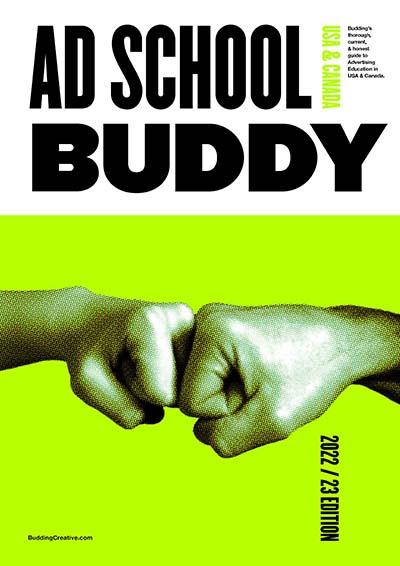
The Ad School Buddy
The complete guide. Undergrad, portfolio, grad, incubators and more
More Articles
The Ad School Buddy
To make it as a professional ad creative, your choice of school is key. This is the most comprehensive guide to creative education in North America by far.


